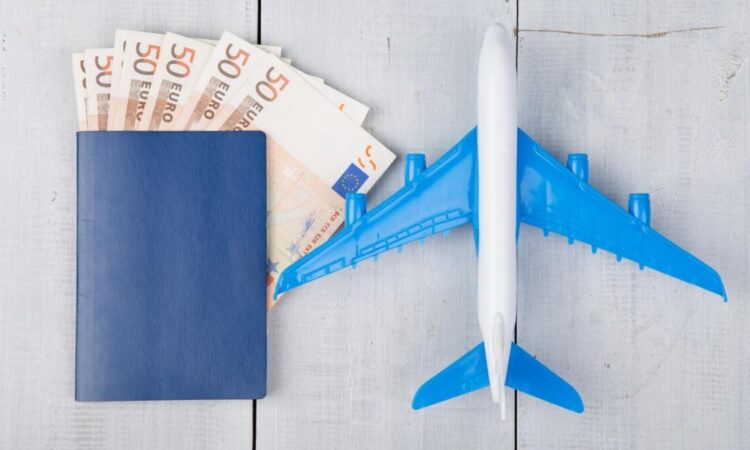Europe Tourism Beats 2019 Figures, With €800 Billion Flowing Into Its Economy This Summer Thanks to Americans

As Europe’s tourism industry continues to recover in the second quarter of 2024, international tourists are expected to spend €800 billion, representing a 37 per cent increase compared to 2019 levels (€583 billion).
The latest European Travel Commission (ETC) report also revealed that overseas visitor arrivals had increased by six per cent over 2019, Schengen.News reports.
Americans to Drive 2024’s EU Tourism Boom
The report adds that American tourists are ranked as the group with the best performance, which has fueled this year’s European tourism boom. It said that 72 per cent of record tourist expenditures so far have been made in Western European destinations. Further revenue growth came from inter-regional visitors and return tourists from East Asia, particularly China.
Europe’s tourism industry continued its recovery in the second quarter of 2024. Foreign arrivals (+6 per cent) and overnights (+7 per cent) surpassed 2019 figures, reflecting a year-on-year increase of 12 per cent and 10 per cent, respectively. The growth is propelled by robust intra-regional travel from Germany, France, Italy, and the Netherlands.
According to the ETC report, four EU countries that experienced the most significant increases in inbound spending for the year-to-date are as follows:
- Spain (25 per cent)
- Greece (25 per cent)
- Italy (20 per cent)
- France (16 per cent)
At the same time, Croatia, Bulgaria, and Romania are expected to increase their tourism revenue as they are projected to see longer average stays in 2024 than the previous year.
Compared to the data recorded in 2019, notable increases in arrivals this year were seen in less popular destinations such as Serbia (+40 per cent) and Bulgaria (+29 per cent), as well as old favourites including Malta (+37 per cent), and Portugal (+26 per cent) and Türkiye (+22 per cent).
Other Nordic countries have also shown increasing attraction, with foreign accommodation in Denmark (+38 per cent), Norway (+18 per cent) and Sweden (+9 per cent). Conversely, the Baltic region continues to struggle, with Latvia (-24 per cent), Estonia (-16 per cent) and Lithuania (-15 per cent) still experiencing international arrivals well below 2019.
International Travellers Are Choosing Lesser-Known Destinations Like Albania & Montenegro for Value-For-Money
A large number of travellers this year are choosing off-season travel and lesser-known destinations, driven by the search for value for money and unique, authentic experiences. As a result, Albania and Montenegro have witnessed this significant increase in market share, respectively 86 per cent and 31 per cent since 2019.
Another open door for travellers who intend to visit Europe is the increase in railway capacity. Thus, Germany’s national railway company, Deutsche Bahn, saw a 21 per cent increase in international routes between 2019 and 2023, mainly benefiting neighbouring countries.






